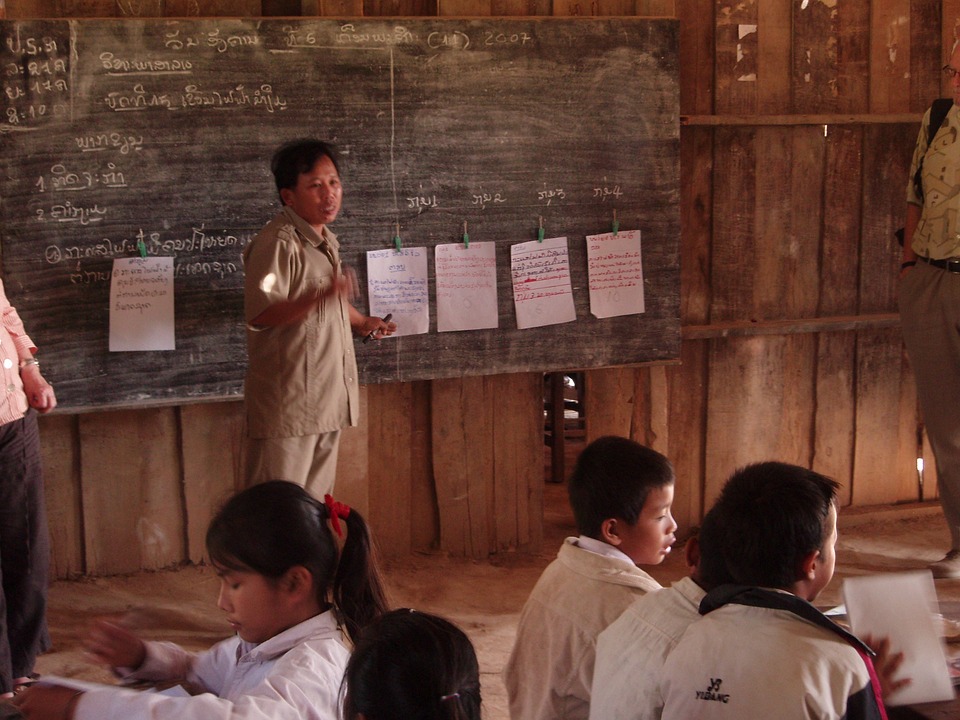1. Objectives
Estimativa de tempo: <10 – 15 minutos>
1.1. Main objectives:
- Provide an understanding of basic feelings and emotions, such as joy, sadness, anger and fear, and how to express them in a healthy way. (Skill 1)
- Develop empathy and the ability to recognize and respect the feelings of others. (Skill 2)
- Encourage open and honest communication about feelings, promoting an emotionally supportive environment. (Skill 3)
- Stimulate self-knowledge and emotional self-regulation, helping children deal with their emotions in a constructive way. (Skill 4)
1.2. Secondary objectives:
- Encourage the construction of healthy and positive relationships between students, based on understanding and mutual acceptance. (Skill 5)
- Promote the creative expression of emotions through artistic activities, such as drawings, music and drama. (Skill 6)
- Encourage the peaceful resolution of conflicts and cooperation in resolving emotional problems. (Skill 7)
2. Introduction
Estimativa de tempo: <15 – 20 minutos>
To start the class, the teacher can start by talking about basic feelings and emotions, such as joy, sadness, anger and fear, using simple examples and visual illustrations. It is important to create a welcoming and safe environment so that students feel comfortable sharing their own feelings.
Then, the teacher can present a story or an educational video that explores different emotions and how to deal with them. This can help children identify and name their feelings, as well as develop empathy by seeing how other people deal with similar emotions.
To arouse students' interest, the teacher can also propose playful activities, such as games involving imitation of facial expressions, dances that represent different emotions or games that involve dramatization of emotional situations.
3. Development
Estimativa de tempo: <50 – 60 minutos>
3.1. Review of previous knowledge
Estimativa de tempo: <10 – 15 minutos>
The teacher should start the class by reviewing the emotions discussed in the previous class and encouraging students to share their experiences and learnings since then. It is important to create an environment of open and welcoming dialogue, where students feel comfortable expressing their feelings and emotions.
3.2. Presentation of the theory
Estimativa de tempo: <15 – 20 minutos>
Then, the teacher can present a list of basic emotions, showing illustrations or images that represent each of them. She can explain what each emotion means and how it can be expressed in a healthy and respectful way.
During this presentation, it is important to encourage student participation, asking questions and encouraging reflection on their own emotions. The teacher can also address the importance of recognizing and respecting the feelings of others, promoting empathy and mutual understanding.
3.3. Practical activities
Estimativa de tempo: <20 – 25 minutos>
Activity 1: Expressing emotions through art
For this activity, students can draw or paint a picture that represents a specific emotion, such as joy, sadness, anger, or fear. They can also write or tell a short story about their chosen emotion, explaining what triggered it and how they dealt with it.
Activity 2: Dramatization of emotional situations
In this activity, students will be divided into groups and will be presented with scenarios involving different emotions, such as a friend who got hurt, an unexpected gift, a fight between colleagues, among others. They must role-play the situation, expressing the characters' emotions and discussing healthy ways to deal with them.
These activities allow students to practice expressing and recognizing emotions, developing empathy and the ability to deal with different emotional situations in a constructive way.
4. Return
Estimativa de tempo: <15 – 20 minutos>
4.1. Learning Check
Estimativa de tempo: <5 – 10 minutos>
At the end of the practical activities, the teacher must bring the class together to discuss what was learned. She can ask questions about how students felt expressing different emotions and how they dealt with others' emotions during role plays.
4.2. Student feedback
Estimativa de tempo: <5 – 10 minutos>
The teacher can ask students to share what they liked most about the class, what was challenging and if they had any difficulty expressing their emotions. It can encourage openness and honesty, creating an environment of mutual support and respect.
5. Homework
Estimativa de tempo: <5 minutos>
For homework, the teacher can suggest that students keep an emotional diary, where they record their daily emotions and how they deal with them. This can help them develop self-reflection and practice emotional self-regulation outside of the classroom.
6. Conclusion
Estimativa de tempo: <10 – 15 minutos>
To close the class, the teacher must review the main points discussed, reinforcing the importance of recognizing and expressing emotions in a healthy and respectful way. It can highlight the importance of empathy and mutual respect in building healthy and positive relationships.
The teacher can also encourage students to apply what they learn to their daily lives, reminding them of the importance of caring for themselves and others emotionally. She can emphasize that the expression and recognition of emotions are fundamental to the healthy emotional and social development of children.
